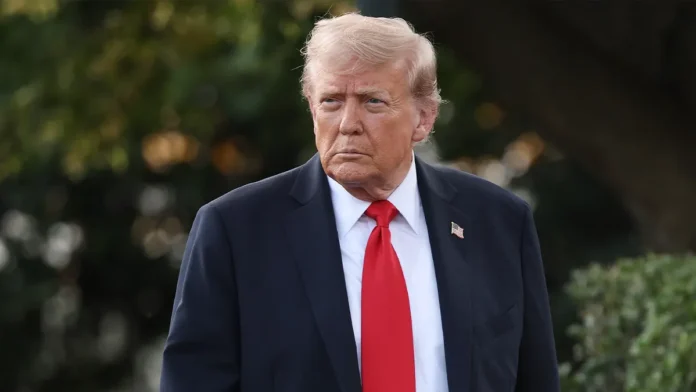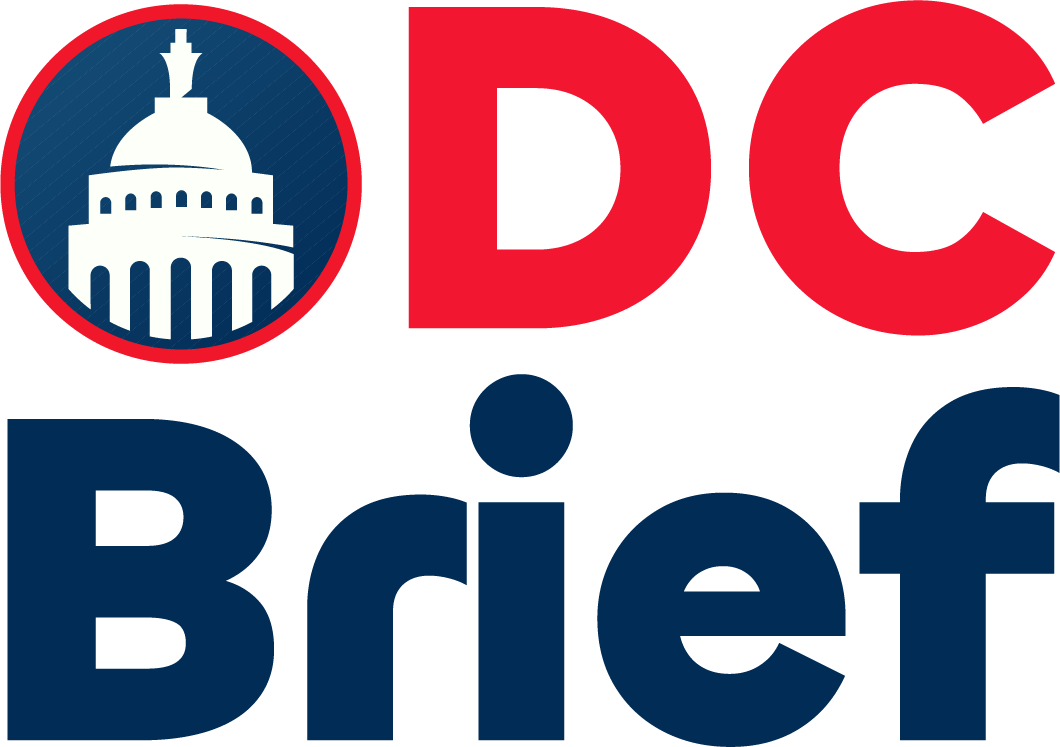President Donald Trump is actively using the ongoing federal government shutdown to implement major changes within the federal workforce. The administration is carrying out mass layoffs and pausing certain programs to streamline operations and reduce spending.
Unlike previous shutdowns, which typically relied on furloughs, this shutdown has triggered immediate layoffs. Furthermore, White House Press Secretary Karoline Leavitt confirmed that the layoffs are imminent, signaling a clear shift from traditional procedures.
The administration is also targeting programs and positions that do not align with its priorities. Consequently, this effort forms part of a broader plan to reshape the federal government by eliminating inefficiencies and redundancies.
However, critics argue that these actions have political motivations, aiming to penalize Democratic strongholds and opponents. In addition, the suspension of infrastructure projects in states like New York and California has fueled these criticisms.
The economic impact is significant as well. Approximately 750,000 federal workers are affected, while key agencies such as the SEC and CFTC operate with minimal staff. As a result, regulatory processes may slow down, and financial markets could feel the effects.
Moreover, legal challenges are emerging. Federal employee unions have filed lawsuits against the administration, claiming that the layoffs violate labor laws and undermine workers’ rights.
Looking ahead, the duration of the shutdown remains uncertain. Negotiations between Congress and the administration continue, and the outcome will shape the future of federal government restructuring. It will also determine how employees, services, and the broader economy are affected.
Overall, Trump’s administration continues to assert control over federal operations while navigating legal, political, and economic challenges. The government’s restructuring efforts aim to enhance efficiency and align resources with strategic priorities.
For more political updates, visit DC Brief.


